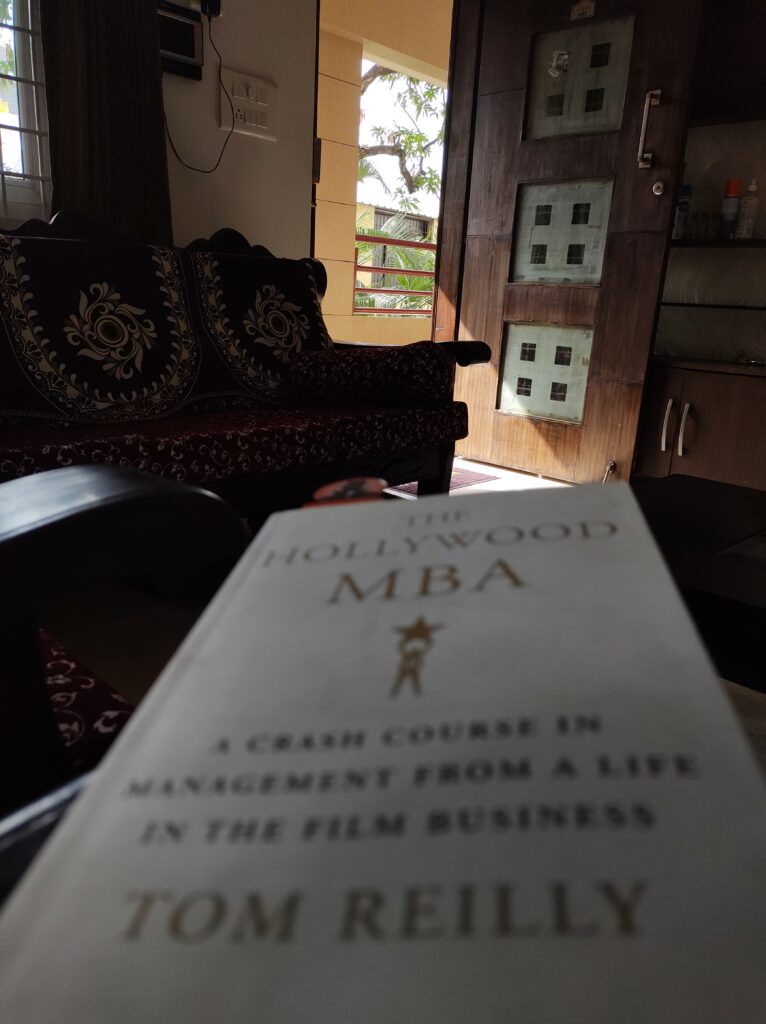
‘Arriving today’ by Christopher Mims gives a detailed account of what happens when we place an order for an item and the connected processes that this event sets in motion. He uses the example of a small hypothetical item—an USB charger—and takes us the on the journey of it right from Vietnam ports to the last mile delivery centres and the final destination, the end user’s home. More importantly, he touches upon several aspects related to the humans involved in the whole process, and how their lives are intertwined with metrics and machines, for better or worse. The book showcases several companies, related to logistics (Fedex, UPS, Amazon, DHL, USPS, MSC etc), e-commerce and retail (Amazon, Walmart, Costco, Staples, Officemax etc)and AI & Robotics (Kiva Systems now Amazon Robotics, Starship Technologies, Plus One, TuSimple etc). He gives us a glimpse into the future with all these companies holding a part of the puzzle, with their moves in AI & Robotics, with Amazon leading the pack.
If one contrasts this with non-physical enterprises like Netflix, Facebook and Youtube, the implementation of AI& Robotics takes a new meaning. While automation is in full swing across the physical behemoths, the humans are not replaced as of yet and most of the processes still have human intervention, unlike most of the delivery processes in online companies. But it has to be seen in the ages to come, if this intervention will be limited to managing, and coordinating machines, as opposed to handling a process in its entirety. Eventually, will humans be a part of redundancy management while robots do everything? This is a question that the author leaves in the reader’s mind.
Overall, the book provides a detailed account of various topics, with a lot of cross references to technology, management, economics and politics, and at times might appear a bit tedious. But the patience is rewarded, as one would gain a comprehensive outlook of the global shipping which is the back bone of the delivery of any physical item.
Excerpt from the book
In the hypothetical journey of our USB charger, it’s March 23. While the person who needs it to keep their kid’s device going ordered it only yesterday, this is the end point of a much older, much longer journey. It’s been almost exactly two months since this charger left a factory in Vietnam. It has traveled more than 14,000 miles, across twelve time zones, by truck, barge, crane, container ship, crane, and truck again, all before it trundled down a few hundred yards of conveyor, flitted about on the back of a robot, and was ferried again on, all told, miles more conveyor and at least two more trucks, before being hand-carried to someone’s front door.
Along the way, the charger was touched by dozens of people, all of whom had their humanity, their hopes and fears, their dreams and histories, trained and channeled into achieving a maximum of efficiency, a machine-like efficiency, in order to keep pace with the automation they work alongside.
Related Links
Starship app and George mason university video link.


